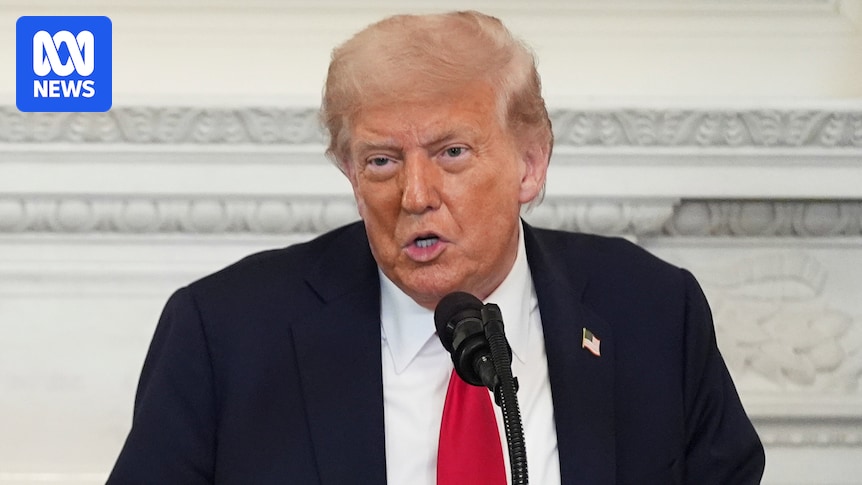
US President Donald Trump has announced a new trade deal with Indonesia, marking the latest development in his aggressive tariff strategy known as the “liberation day” policy. The deal, revealed via Trump’s social media platform Truth Social, comes at a time when the European Union is pushing for its own trade agreement with the US and preparing retaliatory measures should negotiations fail.
“Great deal, for everybody, just made with Indonesia. I dealt directly with their highly respected President. DETAILS TO FOLLOW!!!” Trump exclaimed in his announcement. He later clarified that under this agreement, the US would not pay tariffs on Indonesian imports, while goods from Indonesia would face a 19 percent levy.
Indonesia’s trade with the US, which amounted to just under $40 billion in 2024, is not among the top 15 trade partners for the US, though it has been on the rise. US exports to Indonesia increased by 3.7 percent last year, while imports grew by 4.8 percent, resulting in a goods trade deficit of nearly $18 billion.
Context and Implications of the Deal
The announcement of the trade deal with Indonesia follows a series of tariff threats made by Trump to various countries, including a recent letter to Indonesia’s President Prabowo Subianto threatening a 32 percent tariff rate effective August 1. This move is part of a broader strategy where Trump has sent similar letters to about two dozen trading partners, including Canada, Japan, and Brazil, proposing tariff rates ranging from 20 to 50 percent.
According to Susiwijono Moegiarso, a senior official with Indonesia’s Coordinating Ministry for Economic Affairs, a joint statement is being prepared to outline the reciprocal tariff arrangements. “We will inform [the public] soon,” Moegiarso stated in a message to Reuters.
Last year, the top US import categories from Indonesia included palm oil, electronics, footwear, car tires, natural rubber, and frozen shrimp, according to US Census Bureau data.
European Union’s Response and Global Trade Dynamics
The breakthrough with Indonesia coincides with the European Commission’s preparation to impose tariffs on $84.1 billion worth of US goods, including Boeing aircraft and bourbon whiskey, should trade talks with Washington collapse. Trump has threatened a 30 percent tariff on EU imports starting August 1, a move that European officials have deemed unacceptable.
The EU’s list of potential tariffs, seen by Reuters, covers a wide range of products, from chemicals and medical devices to food and beverages. EU trade chief Maroš Šefčovič has emphasized the bloc’s readiness to protect its businesses with countermeasures if negotiations fail.
“We are still seeking a deal to avoid Mr. Trump’s heavy tariff blow,” Šefčovič said following a meeting of EU ministers in Brussels.
Global Repercussions and Future Outlook
Meanwhile, NATO Secretary-General Mark Rutte has warned countries like Brazil, China, and India of potential secondary sanctions if they continue trading with Russia. This warning comes after Trump’s announcement of new weapons for Ukraine and the threat of 100 percent tariffs on Russian exports unless a peace deal is reached within 50 days.
Republican US Senator Thom Tillis expressed concern over the 50-day delay, fearing it might give Russian President Vladimir Putin time to strengthen his position. “We should look at the current state of Ukraine today and say, no matter what you do over the next 50 days, any of your gains are off the table,” Tillis stated.
Rutte assured that Europe would find the necessary resources to support Ukraine in peace talks. This development highlights the complex interplay of global trade policies and geopolitical strategies as nations navigate the shifting landscape of international relations.
As the August 1 deadline approaches, all eyes will be on the negotiations between the US and its trading partners. The outcomes of these talks could have significant implications for global trade dynamics and economic stability.







